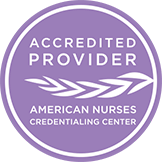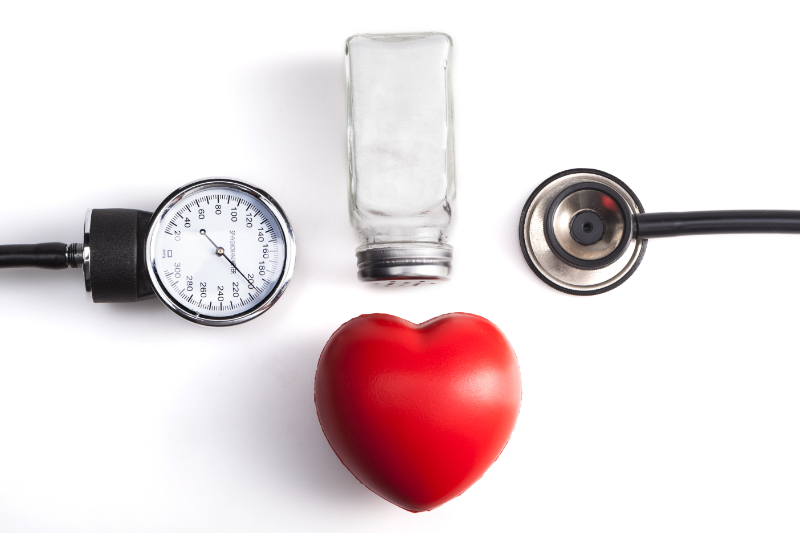Total cholesterol is the total amount of cholesterol in the blood. For total cholesterol, a level less than 200 milligrams per deciliter (mg/dL) is desirable. For high-density lipoprotein (HDL), a level of 60 mg/dL or more is desirable (National Heart, Lung, and Blood Institute [NHLBI], 2024).
Low-density lipoprotein (LDL) is “bad” cholesterol. LDL carries cholesterol to body tissues, including the arteries. The higher the level of LDL, the higher the risk for heart disease. Desirable LDL levels are based on the atherosclerotic cardiovascular disease (ASCVD) risk score, which can be assessed here(American College of Cardiology, n.d.).
Individuals with a low ASCVD risk score should aim for LDL levels less than 130 mg/dL. Those with moderate or high ASCVD risk scores should aim for an LDL below 100 mg/dL. Individuals with a very high ASCVD score should aim for an LDL below 70 mg/dL, while those with very high ASCVD scores should aim for an LDL below 55 mg/dL (NHLBI, 2024).
HDL is called “good” cholesterol because it transports cholesterol from the tissues to the liver. The liver removes cholesterol from the body (NHLBI, 2024).
Very low-density lipoprotein (VLDL) is a “bad” form of cholesterol because an excess amount causes plaque buildup in the arteries. A normal serum VLDL level is below 30 mg/dL (Cleveland Clinic, 2022).
Triglycerides are another type of blood lipid. Triglycerides are produced in the liver. Serum triglyceride levels rise when particular foods are consumed, such as red meat, fried foods, and full-fat dairy products. Higher serum triglyceride levels are associated with a greater risk of cardiovascular diseases (NHLBI, 2024).
Desirable triglyceride levels vary by age. For adults, desirable triglycerides are less than 150 mg/dL, and are less than 90 mg/dl for children ages 9-11. Triglyceride levels 150-499 are moderately raised; while 500 mg/dL or higher are severely raised (NHLBI, 2024).
All adults should be screened for high cholesterol. An individual who has high blood lipid levels needs regular monitoring, particularly after starting a statin. Fasting lipid measurements should be repeated four to 12 weeks after starting the statin or adjusting the dose to assess adherence and response to LDL-lowering medications and lifestyle changes. After that, blood lipids should be measured every three to 12 months as needed (Hoover, 2019).











